Why '1% of Assets' Isn't Always 1%: The Hidden Math Behind AUM Fees
You’ve probably heard that many financial advisors charge “1% of assets under management” (AUM). It sounds simple enough: you invest $1 million, and your advisor charges $10,000 per year. But in reality, that 1% isn’t always what it seems, and it may be costing you more than you think.
At One Advisory Partners, we believe in total fee transparency. If you’ve been told you're paying 1%, we encourage you to take a closer look at what that really means and what you're actually getting for the money.
What Is AUM-Based Pricing?
AUM stands for Assets Under Management. It's a common compensation model in which an advisor charges a percentage of the total assets they manage for you (often 1%). The more your portfolio grows, the more the advisor earns. This approach is appealing because it seems aligned: if you do well, they do well.
But beneath that simplicity, AUM fees can become surprisingly complex and quietly expensive.
Why 1% Isn’t Always 1%
The issue is that “1%” is often a starting point rather than a flat rate. Here’s why:
Tiered Pricing Structures
Most advisors don’t charge a flat 1% across all assets. Instead, they use tiered breakpoints. For example:
1.00% on the first $1 million
0.75% on the next $1 million
0.50% on amounts over $2 million
So if you have $3 million under management, your blended fee isn’t 1%. It’s lower. But it’s not always easy to calculate, and the math can be opaque.
Not All Assets Are Treated Equally
Advisors may manage some accounts but not others, and they still count all of your assets in their fee calculation. Or, they may charge different rates for retirement versus taxable accounts. Some advisors will even bill on held-away accounts (like 401(k)s), even if they are not actively managing them.
Additional Hidden Fees
Many AUM advisors also earn revenue from:
Mutual fund expense ratios
Insurance or annuity products
Referral arrangements
Platform or custodial fees
These costs are often buried in fine print and not reflected in the headline “1%” fee. If you're only looking at the advisory contract, you're likely missing part of the story.
Creeping Complexity
If you add assets, change strategies, or restructure your holdings, your actual fee rate may drift. Advisors aren’t always proactive about recalculating or disclosing these changes. Over time, minor adjustments can lead to a significantly higher effective fee.
Real-World Example: A Case Study
Let’s say you’re working with an advisor who says they charge 1%. You hand over a $2 million portfolio. Here’s how that might really break down:
1.00% on first $1 million = $10,000
0.75% on the second $1 million = $7,500
Total fees = $17,500
Blended rate = 0.875%
But what if you also have:
Mutual funds with 0.50% internal expense ratios
An annuity with a 1.25% rider fee
A separately managed account charging 0.30% on top?
Your actual all-in cost might exceed 2% double what you expected.
Now imagine paying that over 10, 15, or 20 years. You could be spending hundreds of thousands more than necessary and not even realize it.
The Compounding Cost Over Time
What feels like a slight difference in percentage points adds up significantly over time. Consider this:
$1 million growing at 6% annually
Paying 1% AUM fee vs. 0.50% flat fee
Over 20 years, you could lose over $150,000 to excess fees
That’s money that could have supported your lifestyle, funded a legacy, or provided peace of mind during volatile markets.
And that’s not counting the opportunity cost of what that money could have earned had it remained invested.
Flat Fees vs. AUM: What’s the Difference?
At One Advisory Partners, we’ve chosen a different path: a clear, flat-fee model. Instead of charging based on the size of your portfolio, we charge based on the complexity of your financial situation.
You know exactly what you’re paying
The advice is the same whether you have $1 million or $5 million
There’s no incentive for us to keep your money “on the books” if a better strategy is to use it elsewhere
This allows us to focus on your outcomes, not our compensation. We believe that advice should be unbiased, scalable, and truly in your best interest.
How to Know What You’re Really Paying
Not sure if your 1% is really 1%? Ask your advisor for:
A detailed fee breakdown by account
Disclosure of all third-party fees (funds, products, platforms)
An explanation of tiered pricing, if applicable
A comparison of your blended rate vs. stated rate
Any hidden costs from fund managers, custodians, or insurance providers
And if you’re not getting a clear answer? That’s a red flag. You deserve transparency.
Questions to Ask Before Signing an AUM Contract
To ensure you're making the best decision, consider asking:
Is your fee structure flat or tiered?
Do you receive compensation from any third parties?
What is included in the fee, and what isn’t?
Will you bill on held-away accounts?
How will this fee model impact long-term growth?
These questions can reveal a lot about how an advisor thinks about their role and your money.
Final Thoughts
AUM pricing isn’t inherently bad, but it’s often misunderstood, miscommunicated, and misapplied. At higher asset levels, it can quietly siphon off wealth you’ve worked decades to build. The larger your portfolio, the more meaningful these cost differences become.
At One Advisory Partners, the best advice starts with transparency. That’s why our fee structure is flat, fair, and focused on what really matters: helping you live your ideal retirement.
Want a second opinion on what you’re actually paying?
Let’s talk. Schedule a consultation with One Advisory Partners, and we’ll walk you through a side-by-side comparison of your current fees versus a flat-fee fiduciary model.

